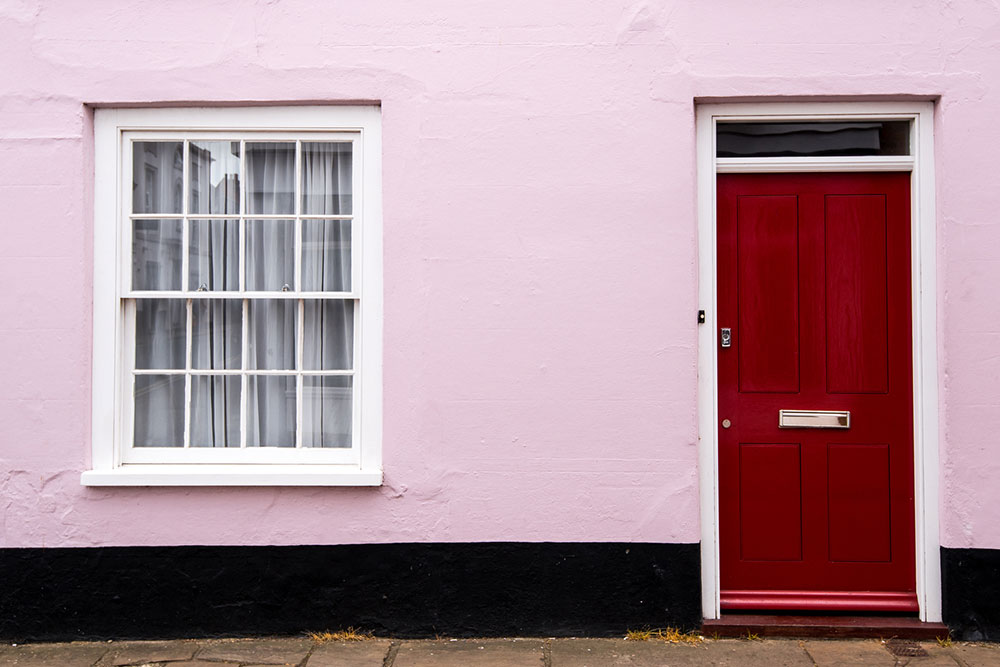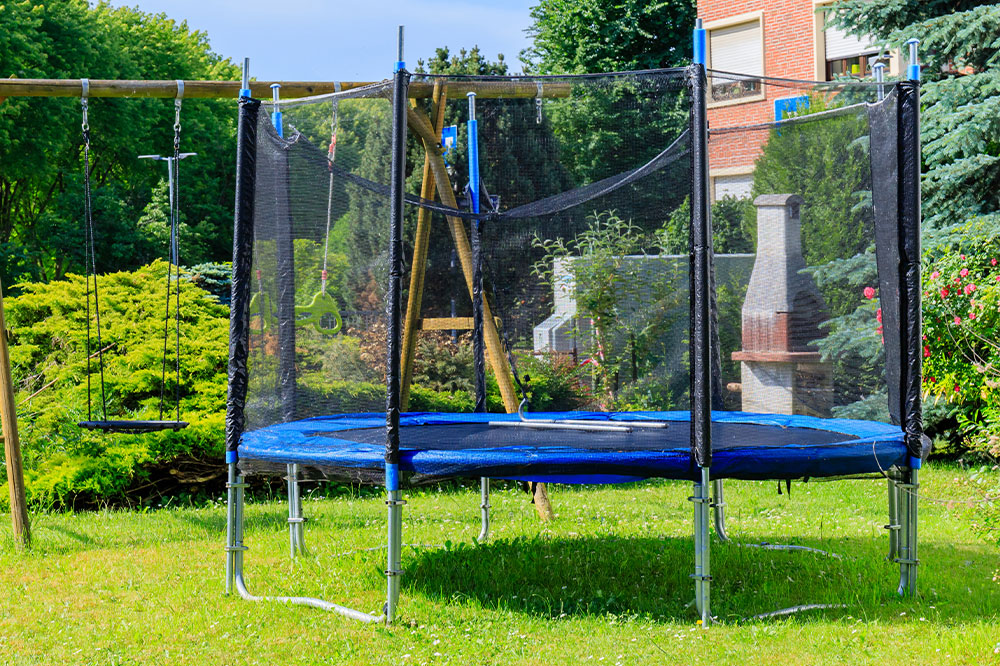5 mistakes to avoid when choosing a front door

A stunning entrance can leave a lasting impression on visitors. Even though doors are such an important part of homes, people often forget to pay enough attention when choosing them. This can lead to wonky aesthetics, safety issues, and higher energy costs as well. To help one choose the right front door for their house, here are some of the most common mistakes they should avoid while making a purchase decision:
1. Choosing the wrong material
To ensure one gets a strong, durable door that keeps the home safe, it is important to carefully consider its material. One can choose from the following common materials:
Fiberglass: This material is durable and easy to clean. One can choose between two types of fiberglass doors—with and without glass panels—depending on their daylight requirements. This material gives a sleek finish to the home and is known for being energy efficient.
Steel: For those living in regions with harsh weather, steel doors can be perfect. They require very little maintenance and often feature an added layer of foam for enhanced energy efficiency.
Wood: A classic choice, wood has been the favored material for doors around the world. Thanks to its warm, natural appearance, it gives a welcoming finish to every home. However, it can be difficult to maintain and prone to splitting or peeling off in adverse weather conditions.
2. Forgetting about home aesthetics
The door cannot be chosen in isolation. It is generally the first thing visitors see, which is why it must blend well with the architectural style and interior design of the home. Additionally, one must also pay attention to window and door heights—they must complement each other. Or else one runs the risk of things looking out of place.
3. Ignoring energy efficiency
Considering the door’s energy efficiency performance can help one reduce their current electricity bills and increase the resale value of the house. Experts say that new doors can offer up to 15% improved energy efficiency! Generally, solid doors without glass panels are considered the most energy-efficient. Alternatively, one can opt for Low-E (low emissivity) glass coatings to reduce infrared radiation or argon-gas-filled panes to improve the insulation of the door.
4. Focusing on just the price
Of course, it is important to work with a budget. However, don’t let this be the sole deciding factor when choosing a door. Nevertheless, the following categorization based on the budget can help one make a well-rounded decision:
Low budget: Steel or metal doors tend to be cheaper than other materials but are energy efficient and come in a variety of styles.
Mid-range budget: For this budget range, fiberglass may be the best choice. It’s an affordable way of achieving a wood finish without having to go all out.
Luxury: If price is not a concern, it is best to opt for a wooden door. There are a variety of wood types on the market, and one can choose the right stain and finish as per their preferences.
5. Buying only for looks
While looks are important, they aren’t everything. For instance, a glass door may look good but does not offer much security or privacy. So, one must carefully consider other factors, such as energy efficiency, durability, safety, privacy, and security, when choosing a door for their home.
















